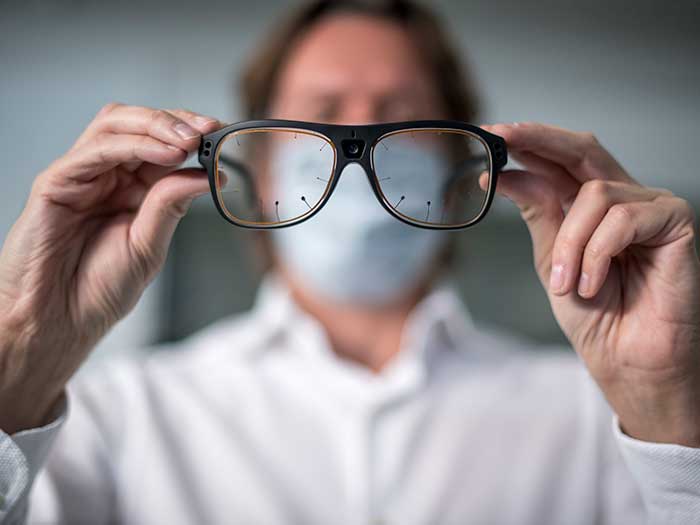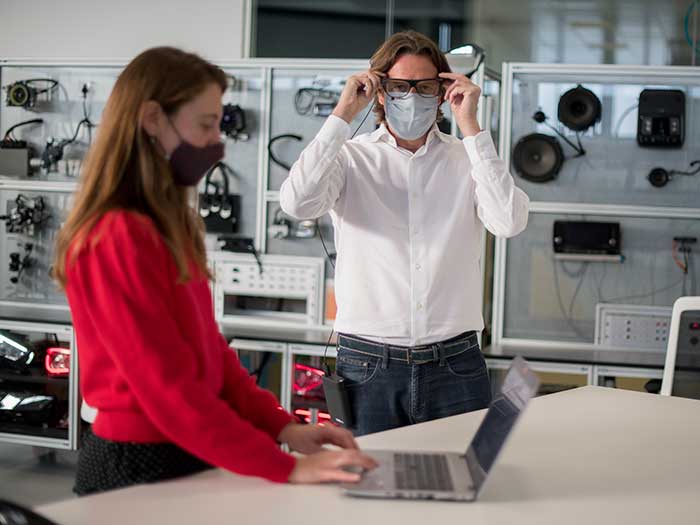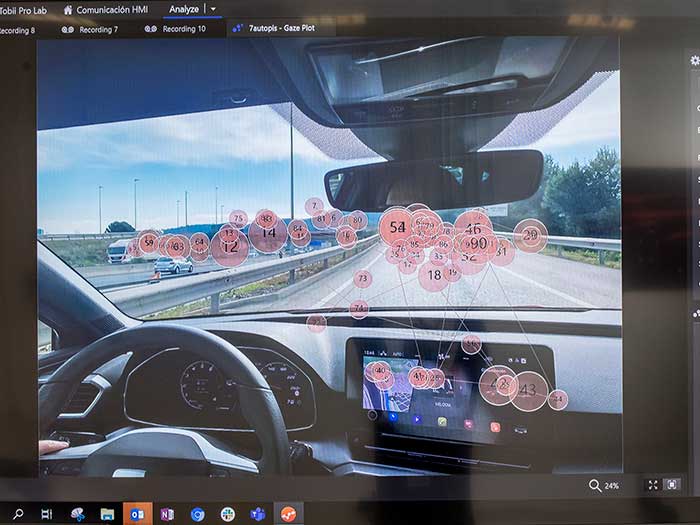Eyes on the road! How Eye-Tracking can help increasing safety
The SEAT Smart Quality team uses advanced technologies and tools to track the driver’s gaze. By combining data from infrared sensors, cameras and algorithms, it’s possible to make the interaction with the car’s devices more intuitive and secure.
Where a driver looks during driving is key. Although the road is obviously the main focus, the car’s devices – from the air conditioning to its infotainment system – also have to be managed quickly and safely. That’s why the SEAT Smart Quality team analyses where drivers direct their eyes. To do this, they use infrared light sensors, high-resolution images and a sophisticated algorithm.
“The interaction time with the dashboard must be minimal, and information must be where users intuitively look for it,” explains Rubén Martínez, head of SEAT’s Smart Quality department.
Eye-Tracking

Eye-Tracking is a technology that tracks people’s gaze, enabling the data to be analysed on a computer. It does so via the use of special glasses with infrared sensors in the lenses and a camera in the centre of the frame.
“The sensors detect the exact position of the iris at every moment, while everything the user sees is recorded,” Martínez continues. He goes on to explain how a complex algorithm simulates a 3D human eye, making it possible to interpret all this data and obtain the exact viewing point.
Developing apps
Data collected with Eye-Tracking technology makes it possible to obtain very precise studies on user interaction with all kinds of devices. This information can also be useful for developing usability in mobility apps. “We can know in advance where users expect to find information such as the battery level or the range of kilometres remaining,” says Martínez.
The SEAT Smart Quality team is currently working on a pilot project to introduce Eye-Tracker glasses into the testing phase of new models. The procedure will involve selecting users with different profiles who wear the glasses while sitting at the wheel of the SEAT Leon.
Measuring interaction

Users will be asked to turn up the temperature or change the radio station, with Eye-Tracking analysing the movements of their eyes. This will make it clear which part of the screen they looked at instinctively, how long it took them to do so and how many times they looked at the road while interacting with the infotainment system display.
Previously, these tests were done by asking people simple questions, but as Martínez notes, “the brain often misleads and where you think you’re looking is not where you’re actually looking”.
Behavioural patterns

Thanks to Eye-Tracking and a complex algorithm, it’s possible to obtain behavioural patterns for each driver’s gaze through different indicators. One of these shows the intensity of each focus of attention. “The red spot, which indicates the greatest number of impacts, should always be on the road,” Martínez emphasises. This guarantees that users continue to pay attention to the road, even when interacting with the screen.
Another indicator is the order in which users look – this is a crucial key to understand where each driver expects to find a function. “We may think, for example, that the lower part of the screen is the most accessible, but with the Eye-Tracker glasses, we can discover that, for whatever reason, users instinctively first look at the upper part,” adds Martínez.
An eye on the future
All of these usability patterns will be essential in developing the consoles of tomorrow’s cars. They will determine the location of the screens, as well as their size, and how to distribute information most comfortably for users.
“This technology will help us humanise the interfaces and improve the user experience. It will certainly take us a step further in the quality of the infotainment systems of the future,” concludes Martínez.
Source: SEAT S.A.